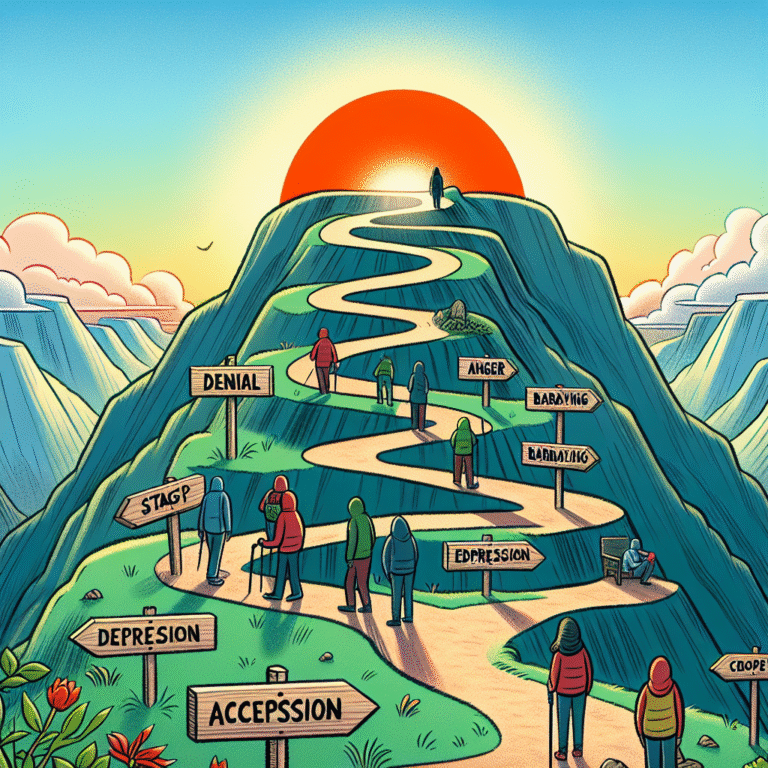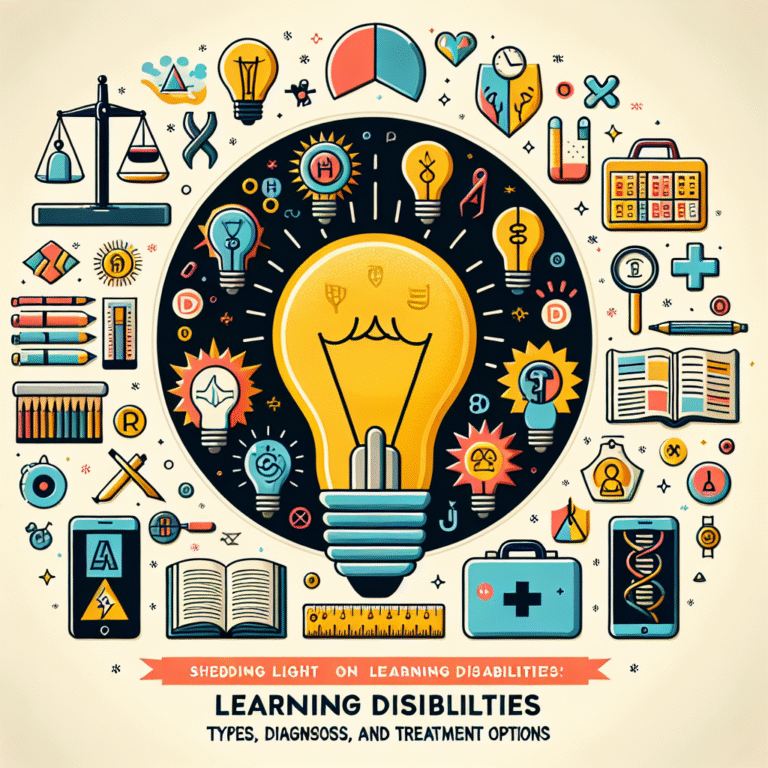
Find Your Calm: Essential Mindfulness Meditation Strategies for New Practitioners
Introduction
In a world that seems to spin faster each day, the quest for tranquility and clarity can often feel daunting. With the constant barrage of responsibilities, distractions, and stressors, many find themselves yearning for a moment of peace. Enter mindfulness meditation—a powerful practice that not only helps individuals find their calm but also cultivates a deeper understanding of oneself. "Find Your Calm: Simple Mindfulness Meditation Strategies for New Practitioners" isn’t just a catchy phrase; it’s a lifeline for those seeking balance in a chaotic world. This article aims to equip newcomers with practical, straightforward strategies tailored to ease them into the transformative world of mindfulness meditation.
What is Mindfulness Meditation?
Mindfulness meditation revolves around becoming fully present in the moment, observing thoughts and feelings without judgment. This mindful awareness allows practitioners to cultivate calmness, resilience, and insight. For new practitioners, the beauty of mindfulness lies in its simplicity—practicing just a few minutes each day can foster profound benefits for mental and emotional well-being.
Case Study: Sarah, a 32-year-old marketing manager, struggled with anxiety and stress. After dedicating just ten minutes a day to mindfulness meditation, she noted significant reductions in her anxiety levels. Her case exemplifies how even minimal practice can lead to substantial shifts in mental health.
Why Mindfulness Matters
Mindfulness isn’t just a buzzword; it’s a scientifically-backed practice with numerous benefits. Research suggests that regular mindfulness meditation can enhance emotional regulation, boost cognitive flexibility, and improve overall well-being. Its potential to reduce stress and increase focus makes it an essential tool for anyone, especially beginners looking to foster a more peaceful existence.
The Science Behind Mindfulness Meditation
| Benefit | Description |
|---|---|
| Reduced Stress | Lowers cortisol levels, promoting relaxation. |
| Improved Focus | Enhances attention and concentration skills. |
| Increased Emotional Regulation | Helps manage emotions and improves resilience. |
Simple Mindfulness Meditation Strategies for Beginners
1. Start with Your Breath
One of the simplest yet most powerful mindfulness meditation strategies involves focusing on your breath.
Steps to Follow:
- Find a comfortable seated position: You can sit on a chair or a cushion on the floor.
- Close your eyes: This helps minimize distractions.
- Take a few deep breaths, inhaling through your nose and exhaling through your mouth.
- Focus on the natural rhythm of your breath. Notice how it feels as it enters and leaves your body.
By anchoring your awareness to your breath, you allow other thoughts to drift away, creating space for calm.
Real-World Application: Mark, a new practitioner, utilized breath-focused meditation during his lunch breaks. He found that the practice not only calmed his mind but also significantly improved his productivity throughout the day.
2. Body Scan Meditation
The body scan is an excellent way to connect with your physical sensations and release tension.
Steps to Follow:
- Lie down comfortably: Ensure your body is well-supported.
- Close your eyes and take deep breaths to relax.
- Direct your attention to different parts of your body, starting from your toes up to your head.
- Notice any sensations: Tension, warmth, or relaxation. Acknowledge them without judgment.
Case Study: Julie, a yoga instructor, incorporated body scan meditations into her daily routine. She noted a marked improvement in her overall body awareness and a reduction in muscle tension.
3. Mindful Walking
If sitting still feels challenging, try mindfulness while walking. This practice helps cultivate presence in a dynamic activity.
Steps to Follow:
- Choose a quiet space to walk: A park or a calm path is ideal.
- Focus on the act of walking: Pay attention to the sensation of your feet touching the ground, the rhythm of your steps, and the movement of your body.
- Engage your senses: Notice sounds, smells, and visual stimuli around you.
Engaging in mindful walking can transform a mundane activity into a powerful meditative practice.
Real-World Insight: David, who struggled with traditional sitting meditations, found that walking meditation relieved his anxiety and facilitated a smoother transition into mindfulness practices.
4. Guided Meditations
For those who prefer a little more structure, guided meditations can be immensely helpful.
Steps to Follow:
- Find a reliable app or online platform (like Headspace or Calm) that offers mindfulness meditation sessions.
- Choose a duration that works for you—start small, with 5-10 minutes.
- Follow along with the guidance, allowing the facilitator to lead you through relaxation and focus.
This approach can ease the pressure of "doing it right" and provide a supportive framework for new practitioners.
Case Study Analysis: Emily discovered the world of guided meditations through her phone app. With daily practice, she transformed her evenings from chaotic to serene, reaffirming the importance of guided strategies for beginners.
5. Journaling Your Experience
Integrating a journaling practice into your mindfulness meditation not only helps with reflection but also deepens your understanding of your emotional landscape.
Steps to Follow:
- After your meditation session, take a few moments to write down your thoughts and feelings.
- Reflect on your focus experiences, noting what worked and what didn’t.
- Consider keeping a daily log to track your progress and any noticeable changes in your mindset.
This combination of mindfulness meditation and journaling can significantly enhance your self-awareness journey.
Creating a Mindfulness Meditation Routine
Establishing a Consistent Practice
To truly benefit from mindfulness meditation, consistency is key. Start by setting aside just 5-10 minutes a day and gradually increase the duration as you become more comfortable.
Tips for Staying Committed:
- Pick a time that works for you: Morning, lunchtime, or evening—choose what fits your lifestyle best.
- Create a calming environment: Designate a specific space in your home for meditation.
- Use reminders: Phone alarms or sticky notes can serve as gentle nudges to practice.
Real-World Example: John, a beginner, set a daily morning reminder to meditate at 7 a.m. This small change helped him cultivate a sustained practice and reduce morning stress.
Conclusion
As you embark on your journey with mindfulness meditation, remember that the path is personal and unique to you. Embracing "Find Your Calm: Simple Mindfulness Meditation Strategies for New Practitioners" will facilitate self-discovery and transformation. Whether it’s through breath awareness, body scans, or guided meditations, the essential goal remains: to cultivate a sense of calm amid life’s chaos. By incorporating these simple strategies into your daily routine, you not only take steps toward a more peaceful existence but also cultivate the resilience to navigate challenges with grace. So take a deep breath—your journey to mindfulness begins now!
FAQs
1. How long should I meditate as a beginner?
Start with just 5-10 minutes daily and gradually increase the duration as you feel comfortable.
2. What if I find it hard to focus while meditating?
It’s normal to have distracting thoughts. Gently acknowledge them and return your focus to your breath or your meditation anchor.
3. Can mindfulness meditation help with anxiety?
Yes, numerous studies indicate that mindfulness meditation can reduce anxiety and improve emotional regulation.
4. Is guided meditation available for free?
Yes! Many apps and online platforms offer free guided meditation sessions suitable for beginners.
5. How do I know if I’m doing it right?
There is no "right" way to meditate. Trust your experience, and remember that mindfulness is about observation without judgment.
Each step on this journey brings you closer to understanding yourself and finding your inner calm. As you explore these strategies, just remember to be patient with yourself. Here’s to a peaceful practice!













